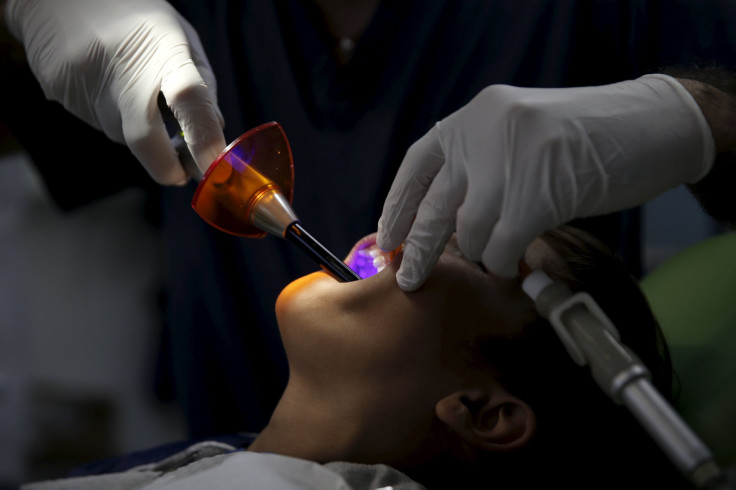Augmented Reality Dentistry Will Show You How Your Teeth Look Post-Treatment

Getting dental work done is generally very expensive and you have to basically estimate by looking at casts and molds as to how your teeth will look post-treatment. A Swiss startup is working on changing this paradigm. Kapanu has created a virtual mirror which will show you your post-treatment teeth using augmented reality (AR) and 3D imaging.
The company has created an AR engine in collaboration with Disney Research, which will be used for medical purposes, the first one being dentistry.
The company showcased its tech at the International Dental Show in Cologne, Germany, last year and claims that it received “overwhelming feedback” from dentists, dental hygienists and dental technicians. It is currently the only provider of such AR-based dentistry technology.
“This software enables the patient to see within seconds the end result of the dental reconstruction,” Kapanu CEO Roland Mörzinger said on its website.
How it works is by using 3D scans of a person’s mouth cavity using facial scanning technology — a procedure which is already being used by many dentists — and matches it with scans of known sets of good teeth already used for the procedure. A live video of the patient’s teeth is taken and a virtual set of post-treatment teeth is then superimposed on that.
Using the AR engine, a user can also tweak options such as the difference between teeth, shapes of teeth and color. All the changes will be shown to the user in real-time.
Once the patient is done customizing his/her teeth, a preview is shown on an AR “virtual mirror” developed by the company. A final model can then be discussed according to the treatment and in case of replacement teeth, a customer can order replacement teeth based on the AR selection.
The treatment uses an already available set of 3D scans of sets of post-treatment teeth, and matches them with the patient's teeth, instead of virtually developing how the teeth will look over time, so chances are that it might not be a hundred percent accurate, but it will still be far more advanced than the treatments being currently used.
It is not marketing its software to end-users though, even though it claims that the technology is ready for the market. Rather it is just providing it to dentists. So don’t expect it to be available on your smartphone very soon. This might help the company keep its profit margins high but might not make any difference to your dental bill — think of it as an added utility, which you might have to pay for.
“We have targeted the business-to-business segment, focusing mainly on developing the technology rather than marketing,” the CEO said.
AR dentistry seems to extend AR applications beyond gaming and smartphones into real-world applications. It has a huge scope in improving dentistry and will definitely make taking dental treatments easier.
It will also make communication between the dentist and the patient more straightforward.
“Expectations can be better managed from the start, so as to avoid any disappointments,” Mörzinger stated on the website.
© Copyright IBTimes 2024. All rights reserved.





















